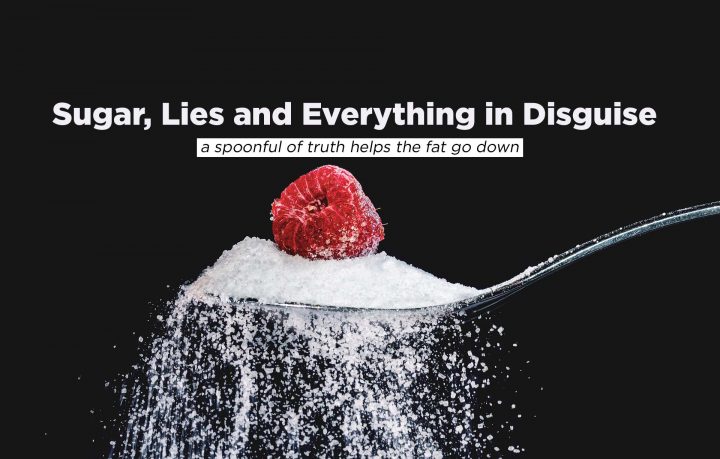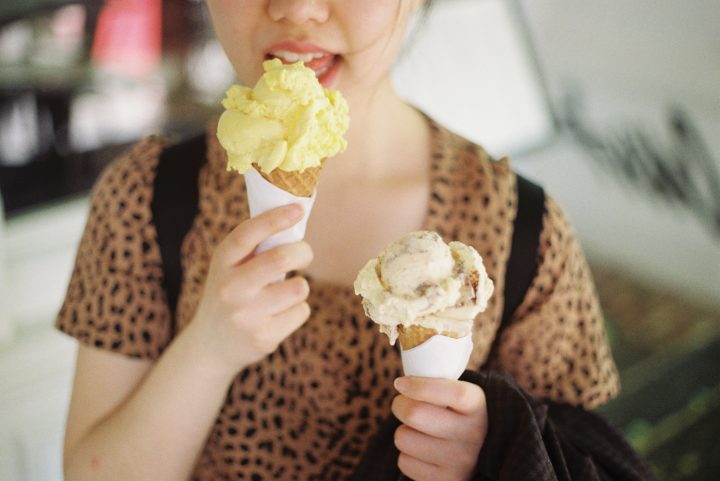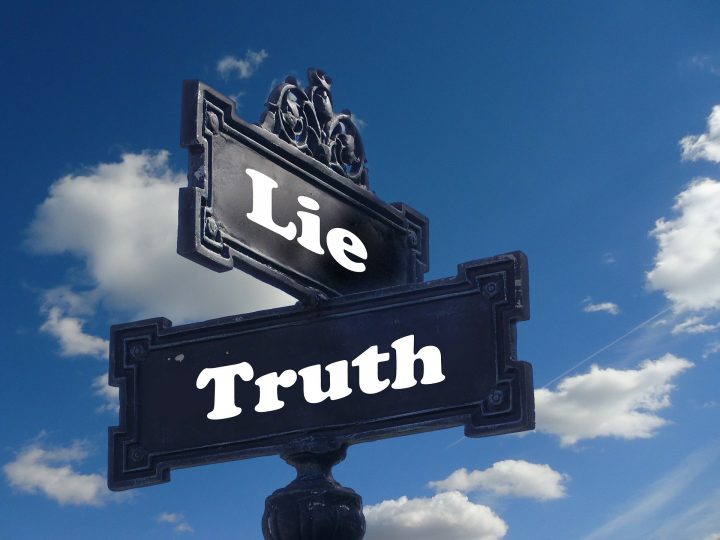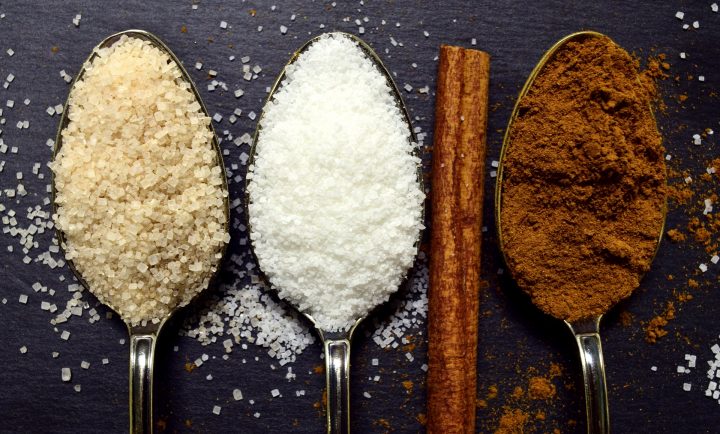
Ever since I watched the life changing documentary “That Sugar Film” by Damon Gameau, I haven’t been able to look at sugar the same way ever since. The film is about Damon’s journey as he conducts an experiment on himself while he consumed a high sugar diet but only with food that are commonly perceived to be “healthy” such as protein bars, granola bars, juicing, yogurts and much more. Turns out, a lot of these goods are just products of good marketing and aren’t really that healthy. Let’s just say after Damon’s little experiment, he didn’t look so great. So what’s the deal with sugar and why is it the new evil in this journey to a healthy body?

Sweet Temptations
Sugar has long been linked to illnesses such as diabetes, obesity, cardiovascular disease, and tooth decay but why is that? Some sugar is actually essential as it is a form of carbohydrate which our bodies convert to energy. According to the World Health Organization, free sugars are “sugars added to foods and beverages by the manufacturer, cook or consumer. It also includes sugars naturally present in honey, syrups, fruit juices and fruit juice concentrates.” These free sugars are empty calories (Quality vs Quantity) which might provide us energy but does not have nutritional value.
So why do we see sugar in almost 74% of all items in the grocery? Its because our brains are wired to be addicted to them and companies take advantage of that. Sugar releases Dopamine aka our feel good hormone, and with frequent intake, our brains develops a higher tolerance which then begins the vicious cycle of sugar addiction.
Related Article: Why Counting Calories Isn’t Enough (Quality vs Quantity)

Lies
So you already know sugar is bad and you look for your natural sourced local honey or coconut sugar to make you feel good about yourself. Well I’m sorry to break the news to you dear but at the end of the day its still sugar.
At the end of the day its still sugar
Although these have more nutritional value than your average processed white sugar, you still can’t compare between eating a slice of “guiltless” chocolate cake and eating a bowl of spinach. Brown sugar isn’t any better as its technically white sugar mixed with little bit of molasses and food coloring so there isn’t any significant difference in nutritional value.
Sugar free soft drinks? They use a chemical called aspartame which has its own controversies. Although these chemical sweeteners may be better for you if you have diabetes, it certainly isn’t the best option and you should always consult with your doctor about other alternatives.

Disguise
Major health drinks and snacks are also just products of great marketing. From sports drinks and instant oats to granola bars and sweetened yogurt, these items have a lot of hidden and not so hidden sugars that may do more damage than good. Even the latest juicing trend is no longer safe, as shown in That Sugar Film, it takes about 3-4 apples to get 1 glass of apple juice but without all the necessary fibers and nutrients that you would have gotten from simply eating 1 whole apple.
Despite all this new found knowledge, this isn’t to say that we can blame all our problems on sugar. Like everything else in life, nothing is as black and white as it seems and more often than not, there are multiple factors that affects a problem or health concern. Each of our bodies are different in their own way and it is up to us to be more mindful of what is best for us.

Spoonful of what now?
Now I’m not saying we can never have sugar and it’s the end of the world. Like with all things good and bad, everything in moderation. If you can buy plain oats and yogurt then add the desired sugar of your choice yourself, at least you are in control of how much sugar you want to take. Choose the lesser evil and get whole natural unprocessed food and beverages. Reserve big desserts for special occasions and make realistic goals. Take it slow and start small.
Chef’s Tip: Use pureed fruits and dried fruits as a sugar alternative
Choco Banana Ice Cream
Serves 2-3 people
4 large ripe bananas (Lakatan or Latundan)
3 tbsp milk or any non dairy alternative
3 tbsp unsweetened cacao powder
– Peel and slice bananas into small chunks
– Lay them down separately on a flat tray to prevent them from freezing together
– Freeze for at least 1 hour or until completely frozen
– If you aren’t going to eat them right away, you can now transfer them into a small container
– Use a food processor or a high powered blender
– Add all the ingredients in and blend till smooth
– Serve with desired toppings of your choice and enjoy!
Chef’s Tip: For other flavors, simply replace the cacao powder with any other flavor you like. Try some vanilla or cashew butter
Sources:
https://www.ncbi.nlm.nih.gov/
https://www.who.int/elena/titles/guidance_summaries/sugars_intake/en/
https://www.sciencedirect.com/science/article/
https://www.nytimes.com/2007/06/12/health/nutrition/
https://www.healthline.com/health/aspartame-side-effects
https://www.precisionnutrition.com/truth-about-sugar






